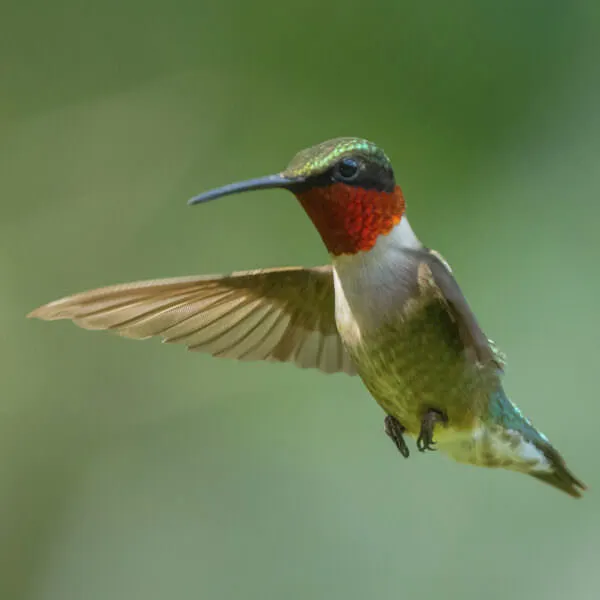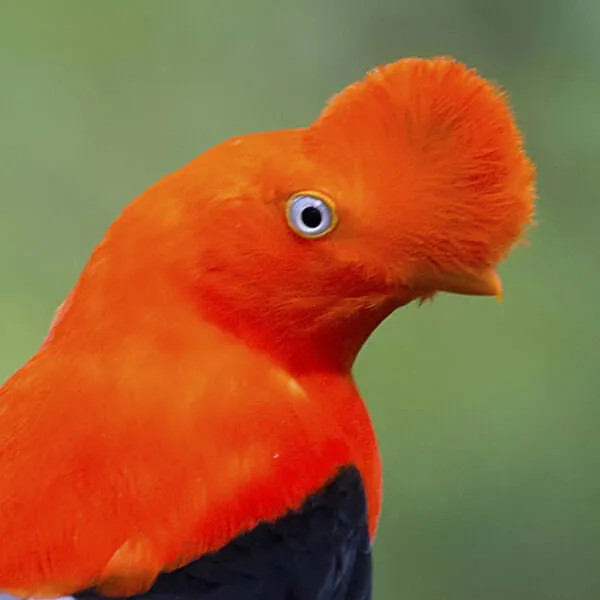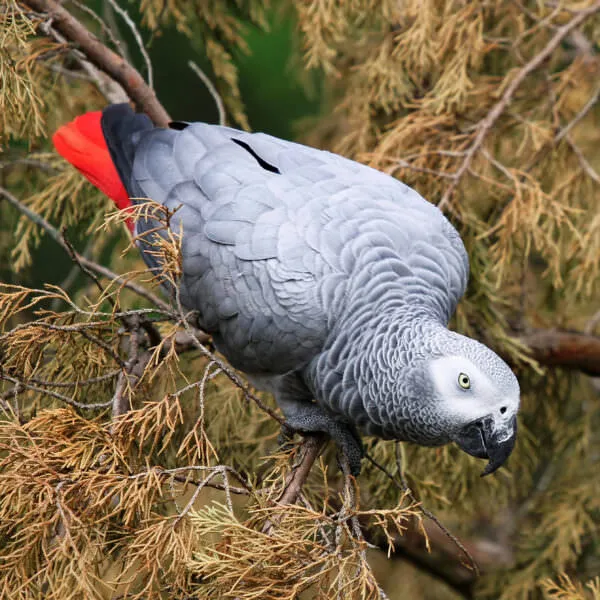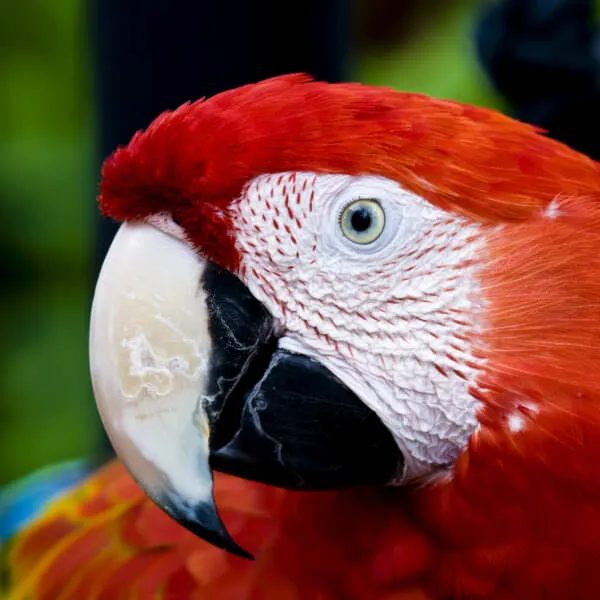Anatomy
Also known as the red-bellied thrush, the rufous-bellied thrush belongs to the family Turdidae, which also includes well-known birds such as the American robin, the bluebird and the nightingale. The rufous-bellied thrush is very easy to recognize with its bright, orange-red belly and dark streaks along its white throat. Sometimes you may be able to spot a yellow ring around its eyes. Thrushes have relatively long, slender legs and hop, rather than walk, along the ground.
We're All In
Together, we're building a future where people and nature thrive. Sign up today and join our movement...
Habitat
The rufous-bellied thrush is found throughout southern and eastern Brazil, Paraguay, Uruguay and neighboring parts of Bolivia and Argentina. It is one of the best-known thrushes in this region and is commonly seen in woodland areas, gardens, parks, backyards and the edges of forests. The rufous-bellied thrush migrates north to the warmer tropical zone during the winter and returns to the temperate zone when the climate in southern Brazil becomes warmer again. These birds prefer to live alone or in pairs, and the female builds a cup-shaped nest made from grass, leaves and moss and incubates two to six light-colored, spotted eggs. These thrushes can live 25 to 30 years in the wild.
Diet
Rufous-bellied thrushes are mainly insectivorous, which means a large part of their diet consists of insects and spiders. They also like to feed on oranges, mature papayas and on the coconuts from several species of palm tree, spitting out the pits after about an hour, which helps contribute to the distribution of these plants.
Threats
Like many thrushes, this bird has a very attractive song and for this reason, it is often sold as a cage bird in Brazil. Habitat destruction due to deforestation is also an ongoing threat to the lives of these birds. The rufous-bellied thrush became the national bird of Brazil in October 2002 which may help to ensure its protection in that country.
Sources
- Jukofsky, Diane. Encyclopedia of Rainforests. Connecticut: Oryx Press, 2002.
- Arthur Grosset
- Brazilian Embassy
- IUCN Red List of Threatened Species



